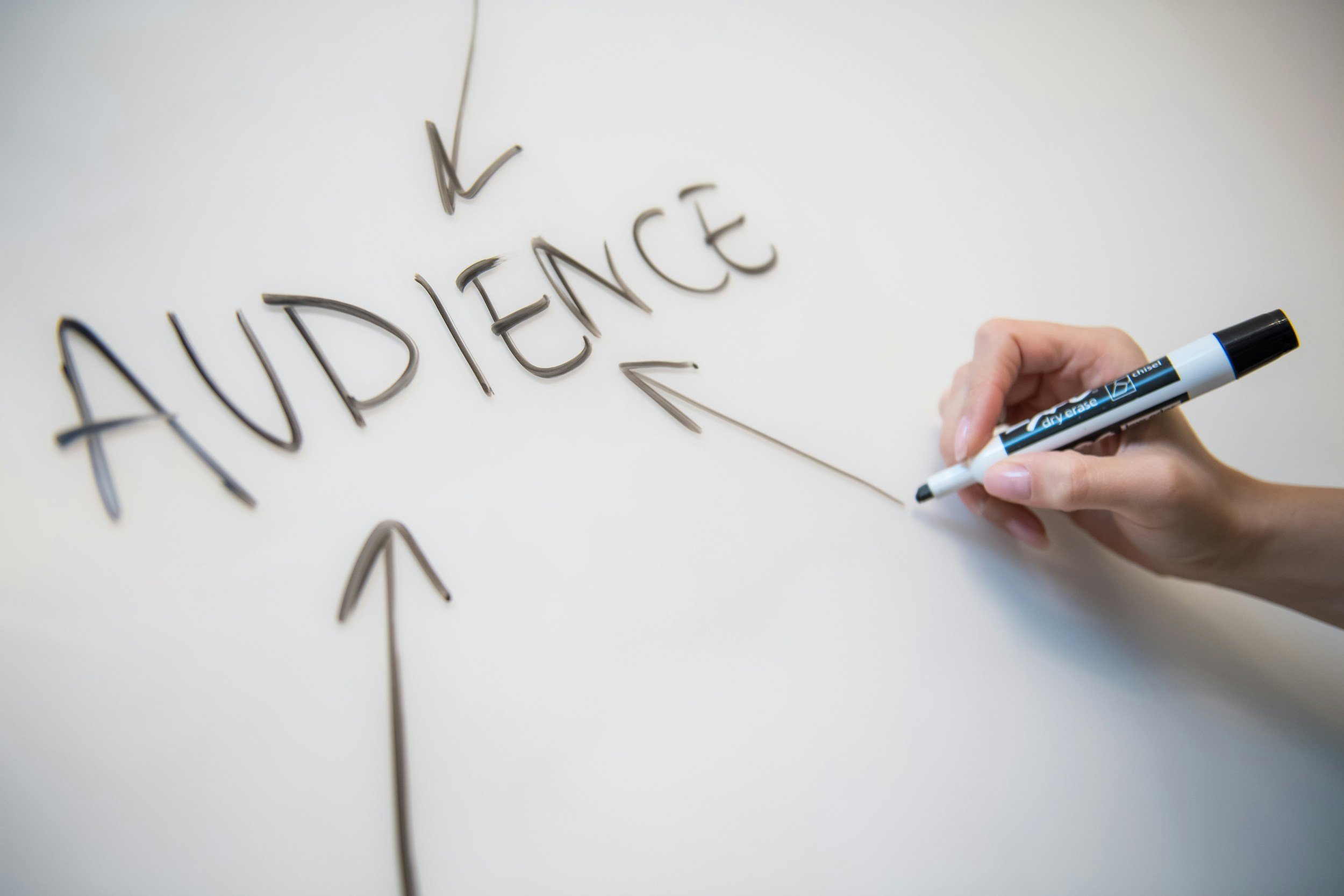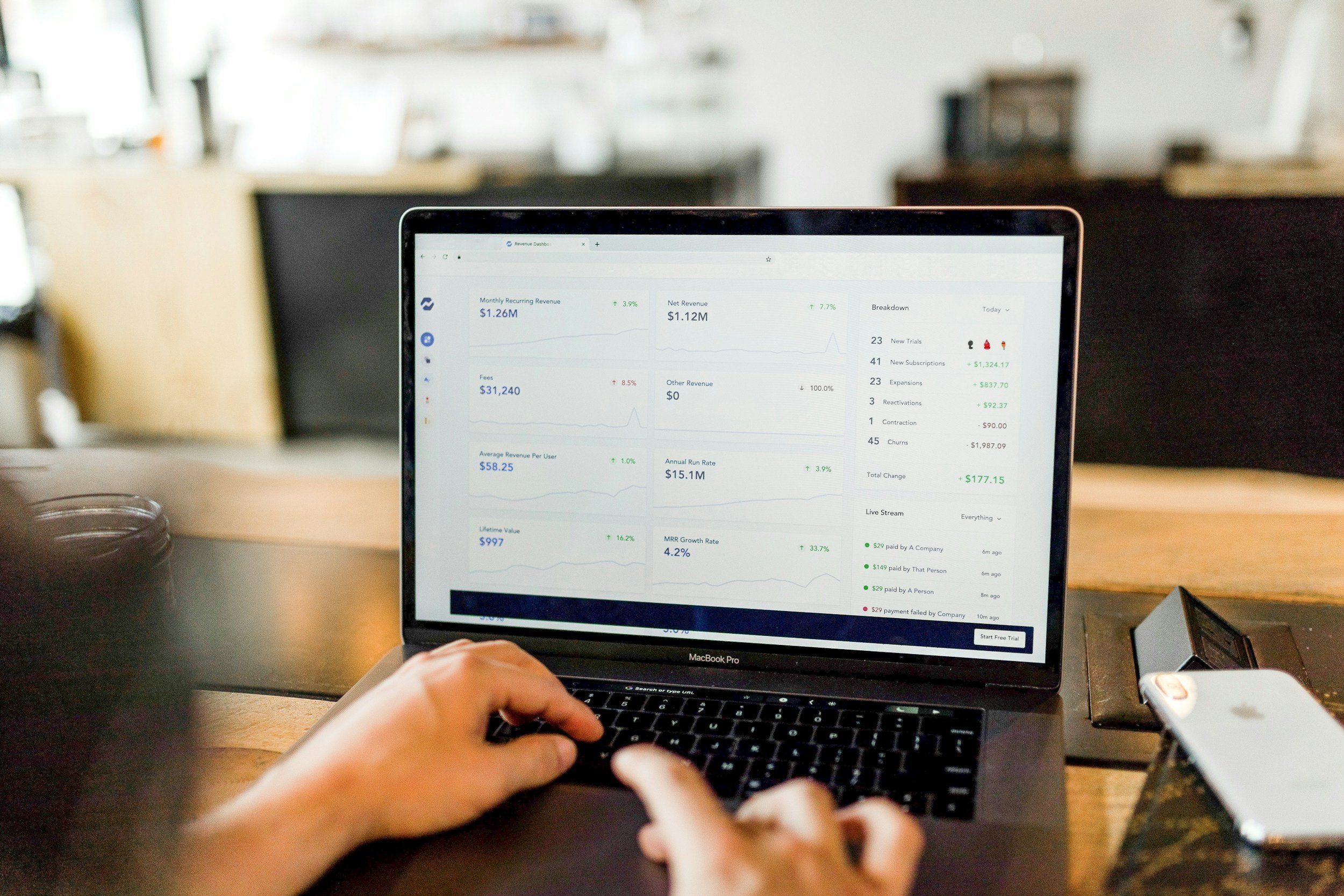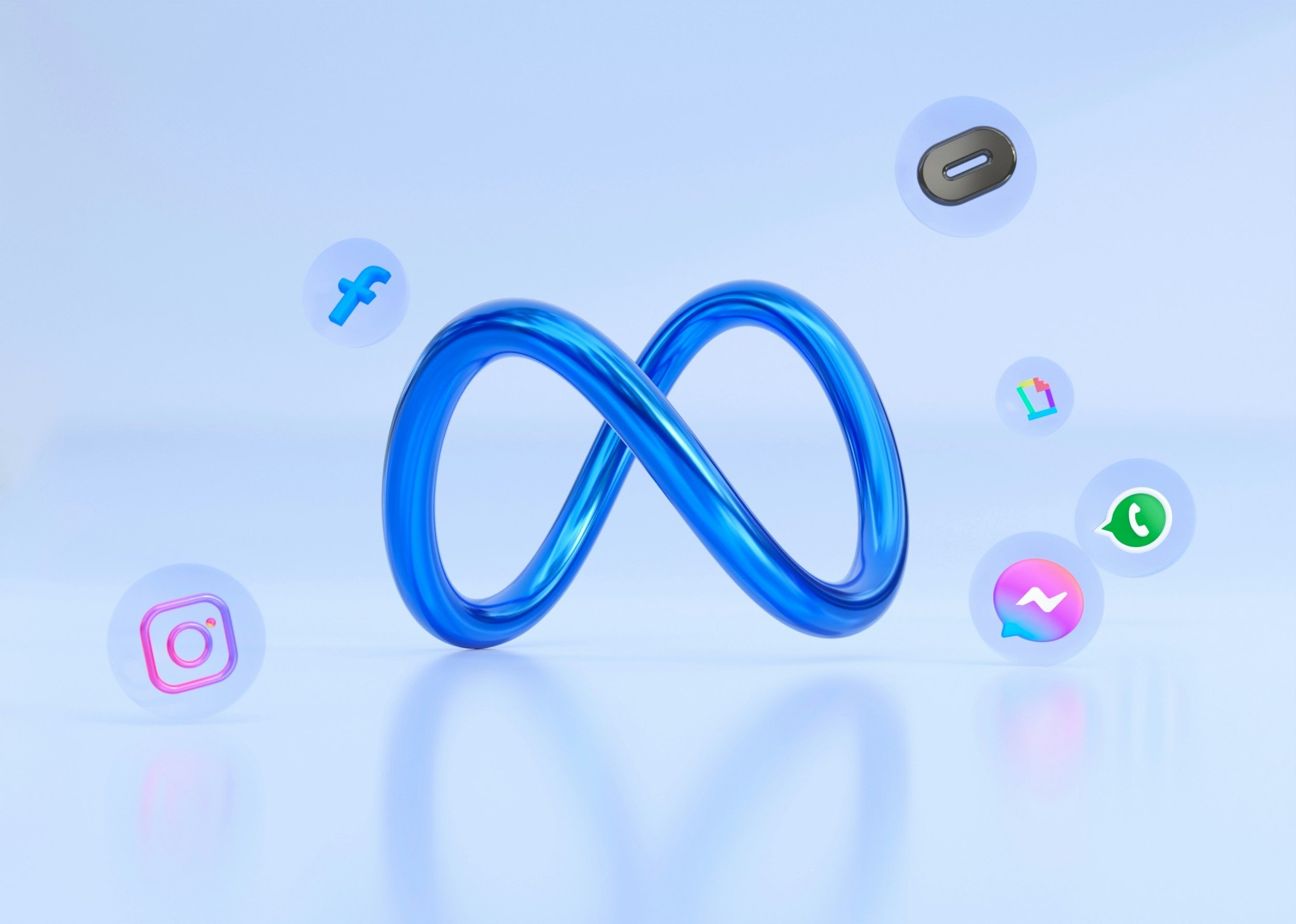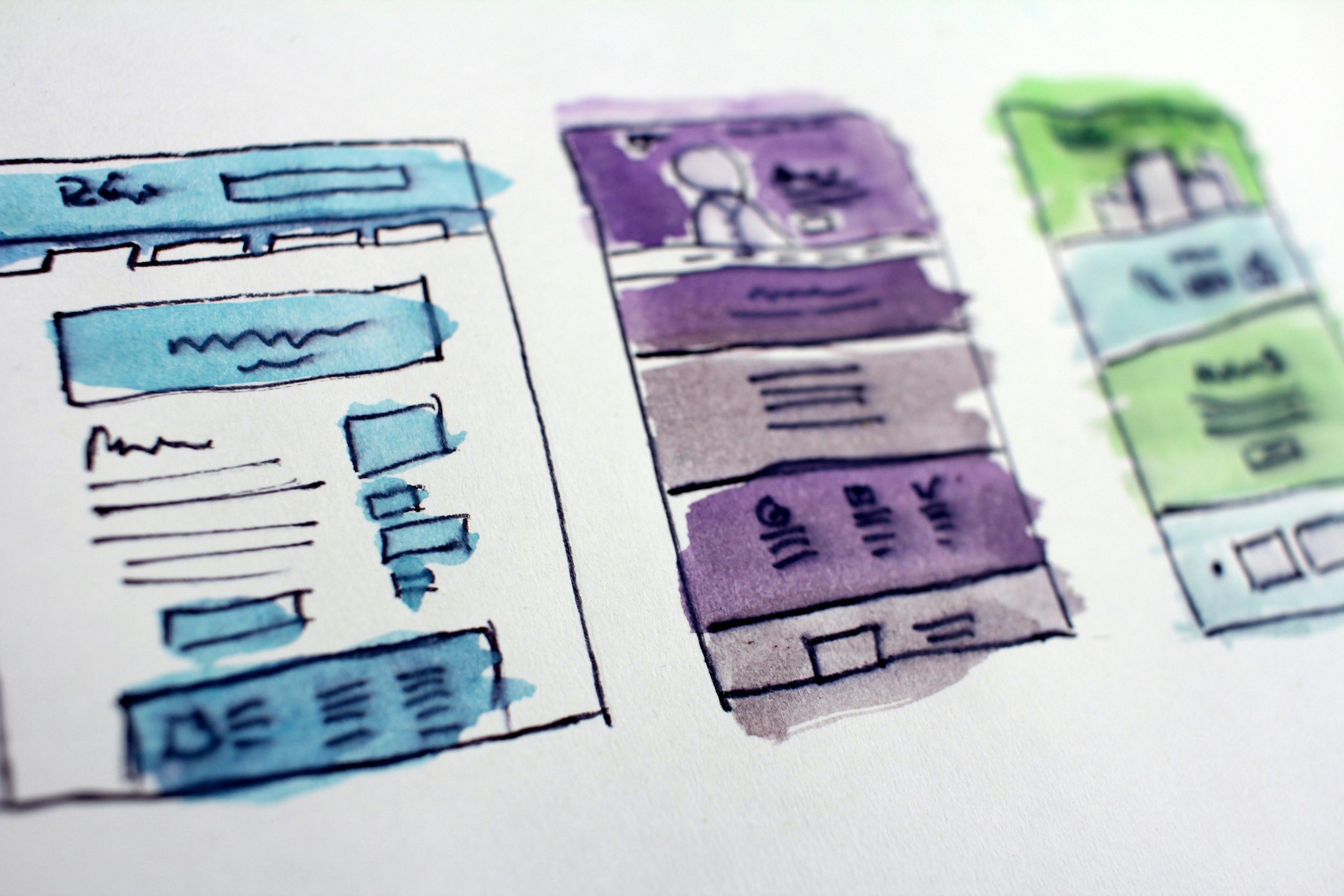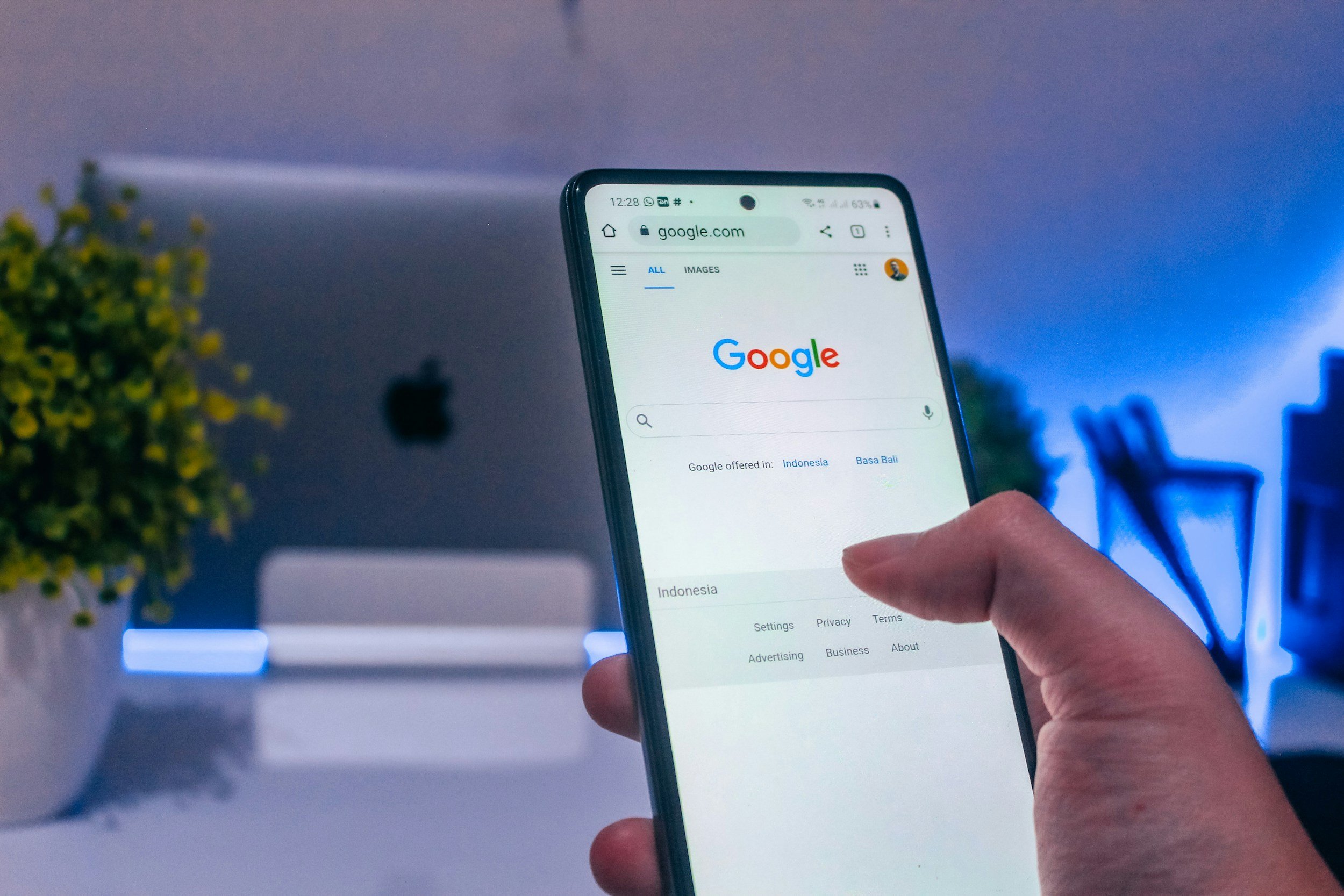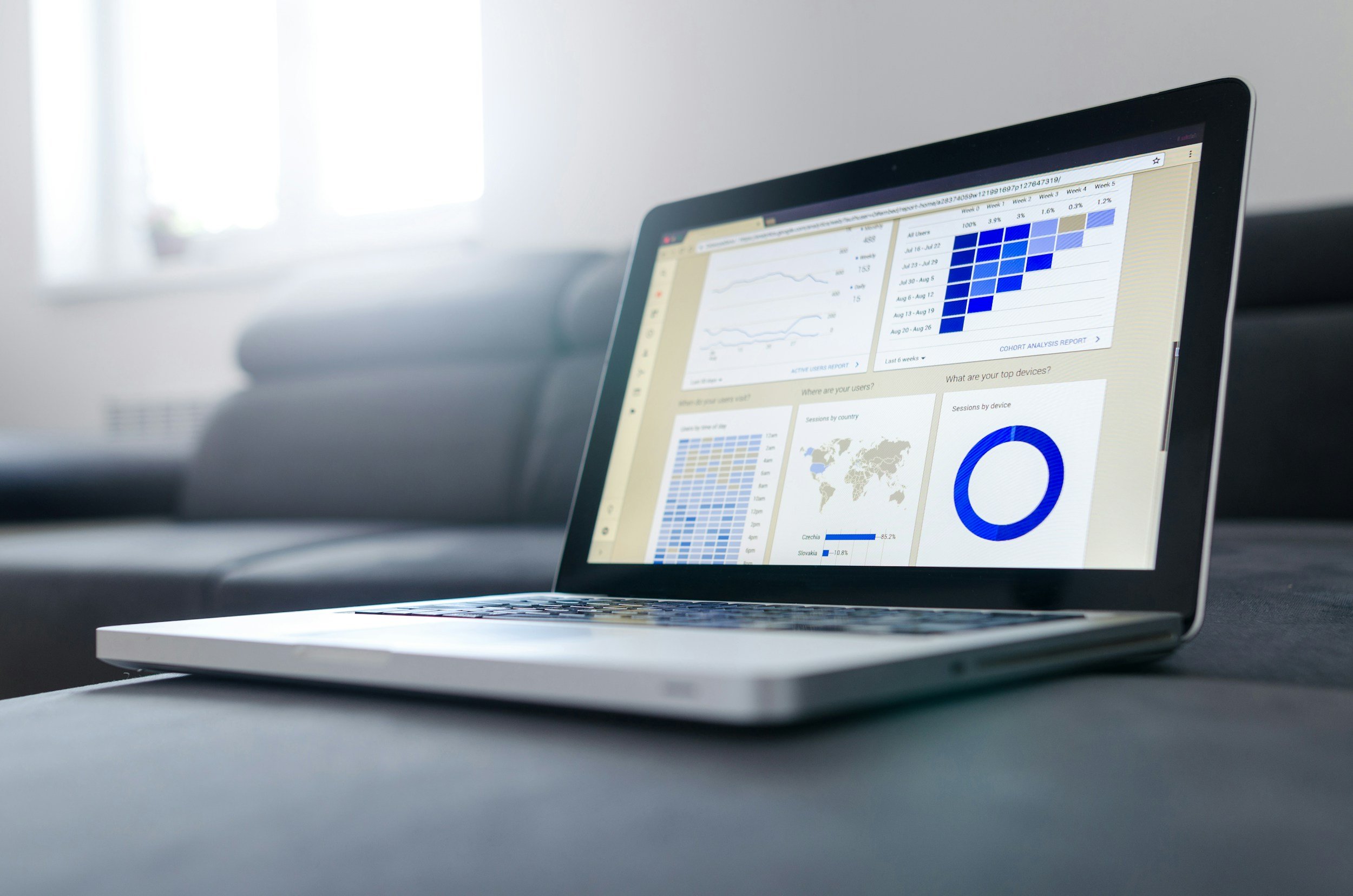What is ad fatigue and how can you prevent it?
What is ad fatigue and how can you prevent it?
In the fast-paced world of digital advertising, grabbing—and keeping—attention is everything. But what happens when your ad stops turning heads? Enter ad fatigue.
What Is Ad Fatigue?
Ad fatigue, also known as creative fatigue, occurs when your audience has seen your ad so many times that they become bored, disengaged, or even annoyed by it. As a result, they begin to ignore the ad entirely, scrolling past it or, worse, developing a negative perception of your brand.
This can happen no matter how compelling your creative might have been at first. Overexposure breeds indifference, and in advertising, indifference is the kiss of death.
Why Is Ad Fatigue a Problem?
Ad fatigue isn’t just about waning interest—it directly impacts your performance metrics and your bottom line:
Lower Click-Through Rates (CTR): When users are tired of seeing the same content, they’re less likely to engage with it.
Higher Cost Per Click (CPC): Platforms reward relevance. As your CTR drops, your ads become less efficient and more expensive.
Stagnant or Declining Conversions: If users are no longer engaging with your ads, they’re not moving down the funnel.
Wasted Ad Spend: You're paying to show ineffective ads to disinterested users.
Ad fatigue isn’t a hypothetical risk—it’s a real challenge that affects all brands, especially in always-on campaigns. Kerry, one of our digital strategists, puts it simply: "Even the best creative has a shelf life. If you're not refreshing and rotating, you're basically paying for people to ignore you."
What Causes Ad Fatigue?
Several factors contribute to ad fatigue, including:
High Frequency: Repeatedly showing the same ad to the same users. A good rule of thumb is to keep frequency below 3-4 for cold audiences.
Limited Creative Variations: Relying on a single static image or message across platforms.
Small Audience Pools: Targeting a narrow audience increases the chance of oversaturation.
Always-On Campaigns: Long-running campaigns with no scheduled refresh or variation.
Lack of Funnel Strategy: Showing awareness-stage creative to users already in the consideration or conversion phase.
How Can You Spot Ad Fatigue?
Keep an eye on these telltale signs:
Drop in CTR: Fewer people are clicking.
Spike in CPC: You're paying more for each interaction.
Impression Frequency Rising: Same people, same ad, too often.
Reduced Engagement: Fewer likes, shares, comments, or saves (depending on platform).
These performance declines aren’t always because the product or offer isn’t working. More often than not, it’s a case of overexposure.
How to Prevent Ad Fatigue
Here’s the good news: ad fatigue is preventable—and manageable—with a few strategic steps.
1. Refresh Your Creative Regularly
This is the golden rule. New visuals, new copy, new formats.
Swap static images for videos.
Update your messaging to reflect seasons, holidays, or product launches.
Introduce new hooks or calls to action.
Even subtle changes can bring a fresh feel and reset engagement.
2. Use Dynamic Creative Tools
If you don’t have time or resources for constant manual updates, leverage dynamic ads. Platforms like Meta, Google, and TikTok offer tools that allow you to mix and match headlines, descriptions, and creative assets automatically.
This means different users see different combinations, keeping your content fresher, longer.
3. Expand or Rotate Your Audience
If your audience is too small, they’ll see your ads more often, more quickly.
Broaden your targeting criteria.
Create lookalike or similar audiences.
Revisit exclusions to ensure you're not doubling up on engaged users.
Regularly update custom audiences and remarketing pools to keep things fresh.
4. Structure Campaigns by Funnel Stage
Don’t serve the same ad to everyone. Think in stages:
Awareness: Who you are.
Consideration: Why you’re valuable.
Conversion: What to do next.
Tailor your messaging and creative to match the user’s journey, and exclude users from seeing the same top-of-funnel ads once they’ve engaged or converted.
5. Test, Learn, Iterate
Don’t wait until performance tanks. Have a testing schedule:
A/B test different creative styles.
Monitor platform-specific best practices.
Rotate in new ad variations every 2–4 weeks, or sooner if frequency is rising.
Build your campaigns with testing baked in.
6. Follow Platform Best Practices
Each platform has its own strengths. A TikTok ad shouldn’t look like a Facebook ad.
On Meta: Design for mobile-first, quick engagement.
On TikTok: Native, creator-style content works best.
On YouTube: Hook early, keep it punchy.
Match your creative to the platform and user behaviour.
Bonus Tips from the Team
Kerry again: "People don’t remember ads they ignore. It’s our job to stay interesting. That’s why we build creative sprints into every media plan. It’s not just about running ads—it’s about running ads that still work."
Conclusion
Ad fatigue is inevitable, but it doesn’t have to be a death sentence for your campaign. With smart creative planning, audience management, and a good understanding of platform dynamics, you can keep your ads feeling fresh and your audience engaged.
In a world where attention is the most valuable currency, don’t let your ads go stale. Keep testing. Keep refreshing. Keep surprising.
If you need help with creative that cuts through—or want to see how our design team works their magic—take a look at our creative or get in touch.
To learn more about Ad Fatigue, get in contact today.




